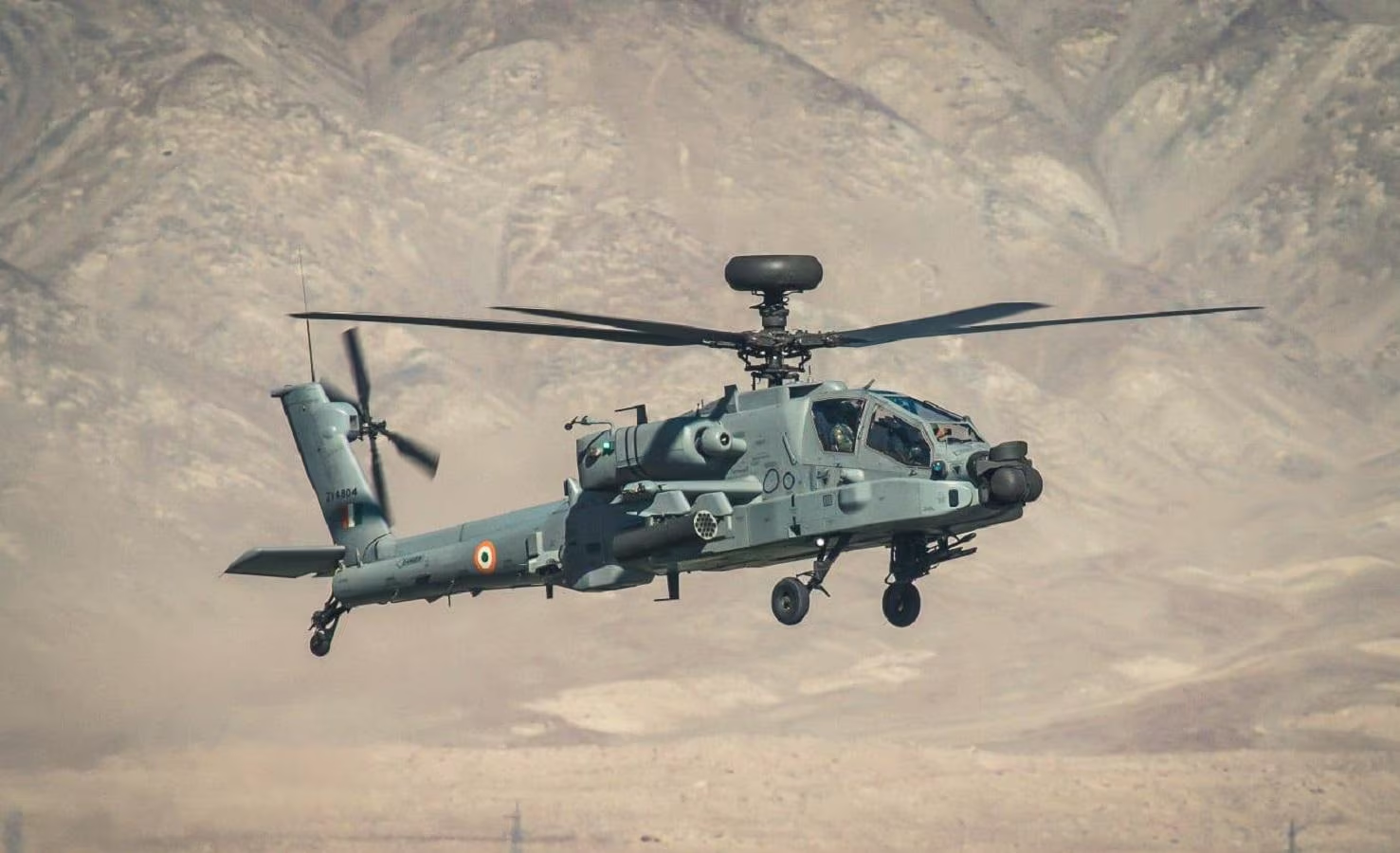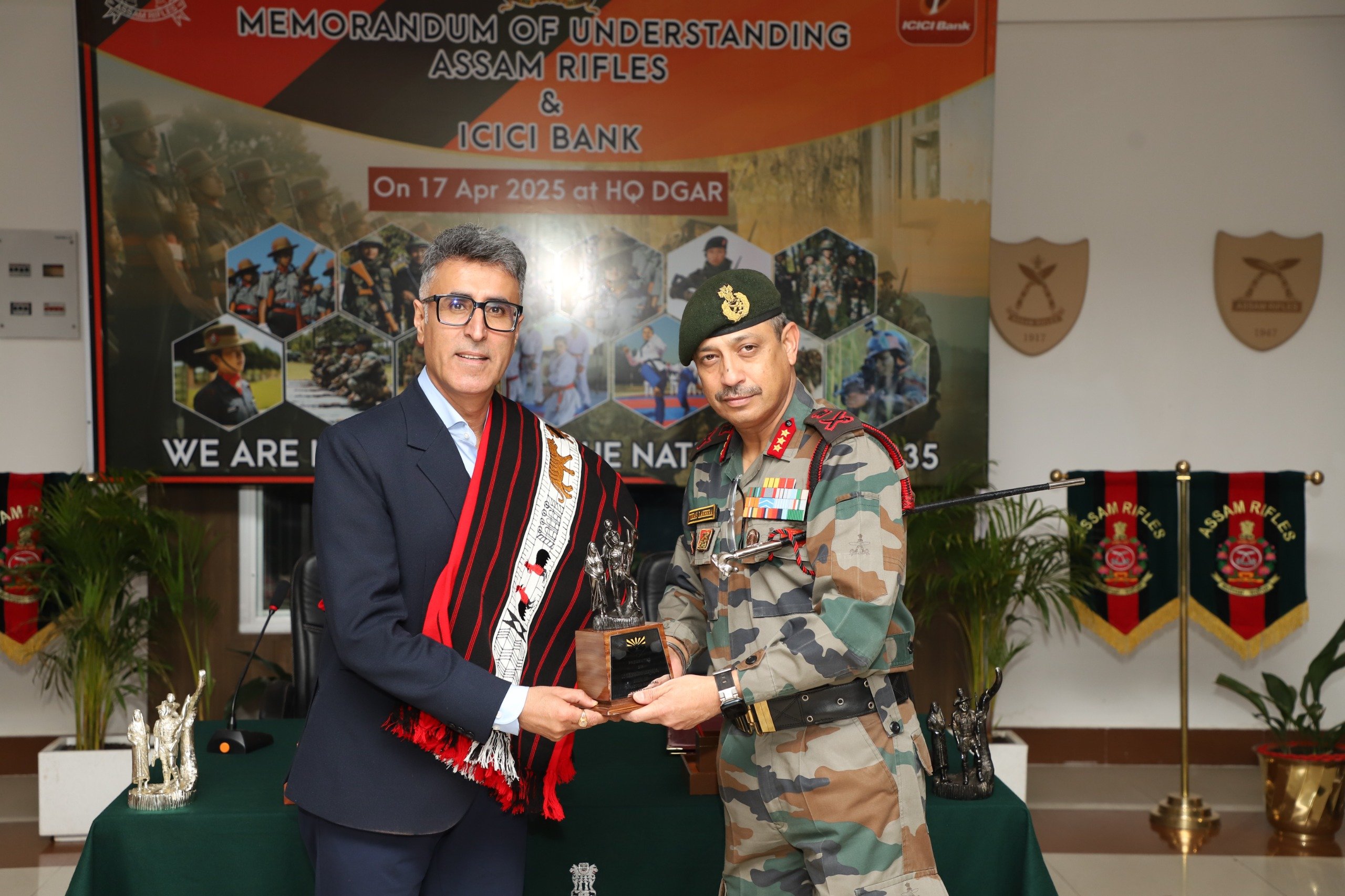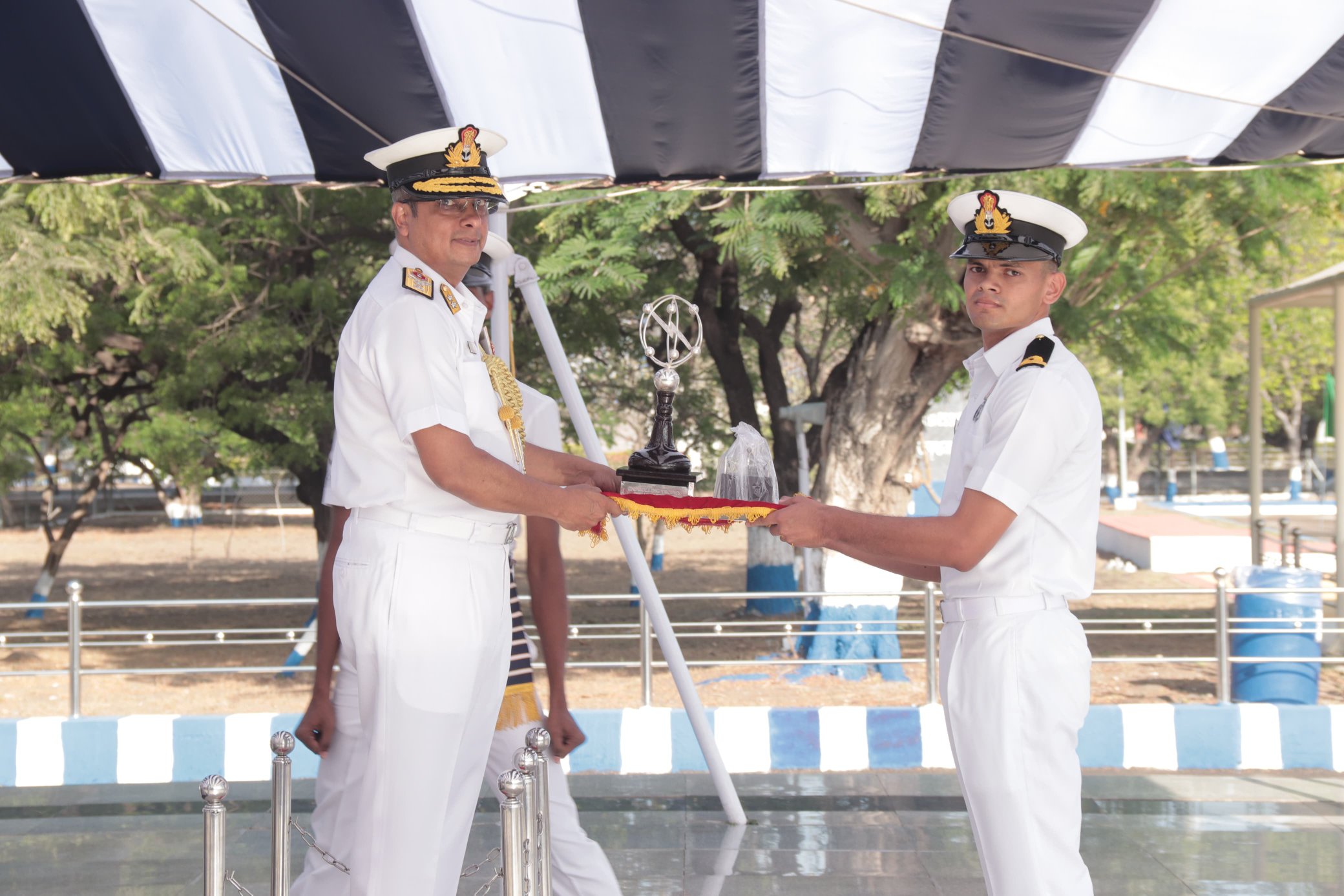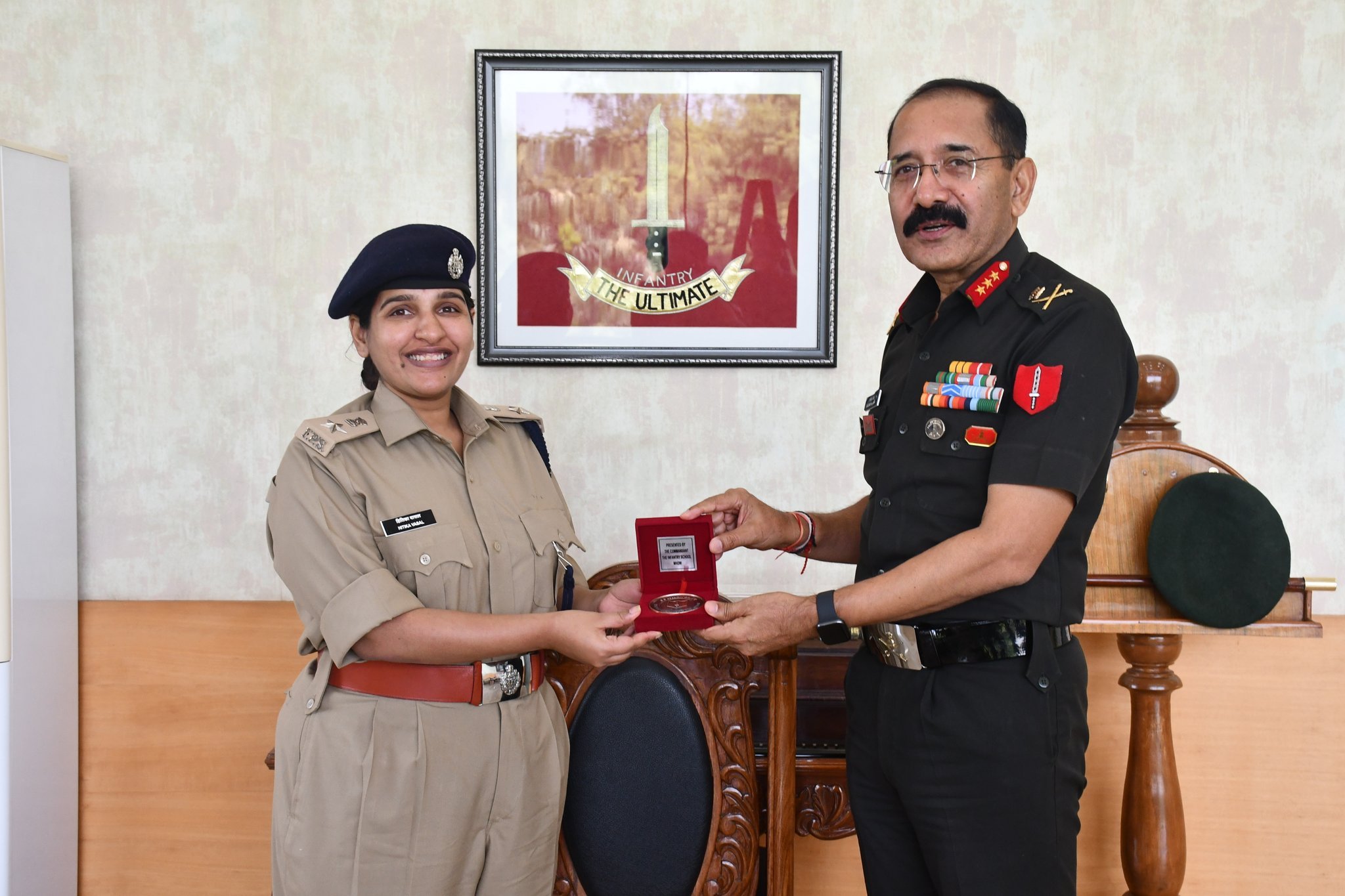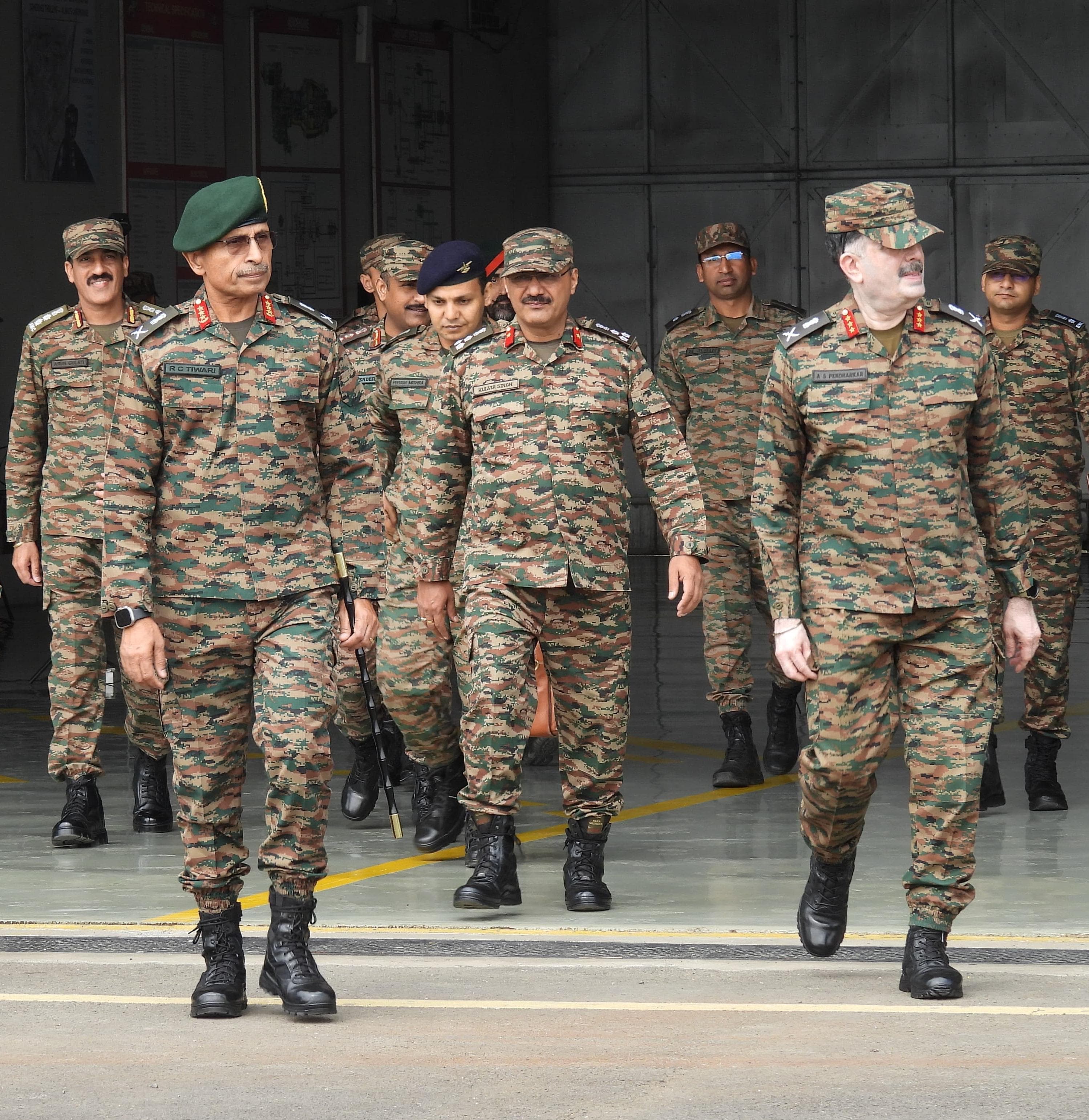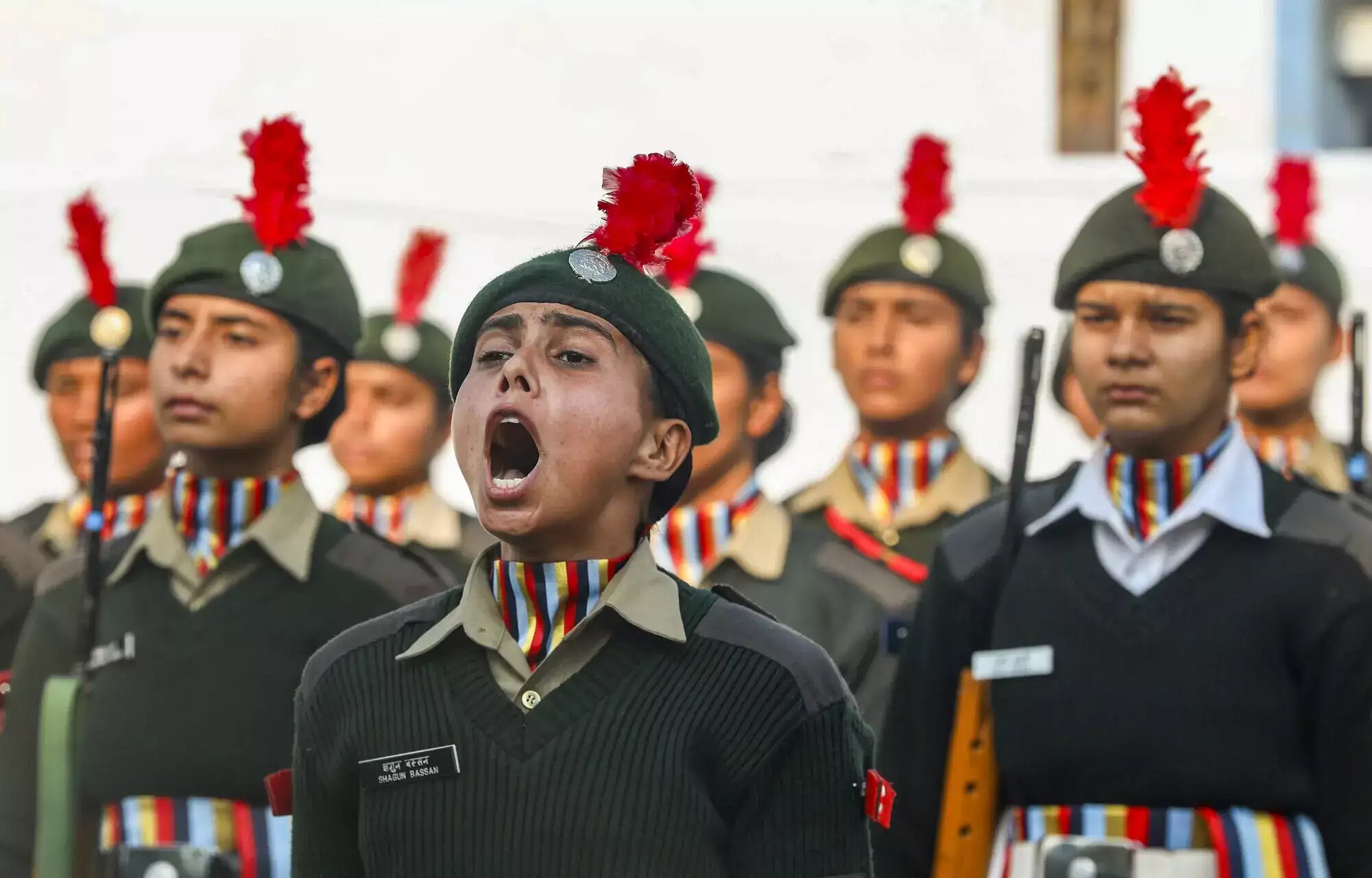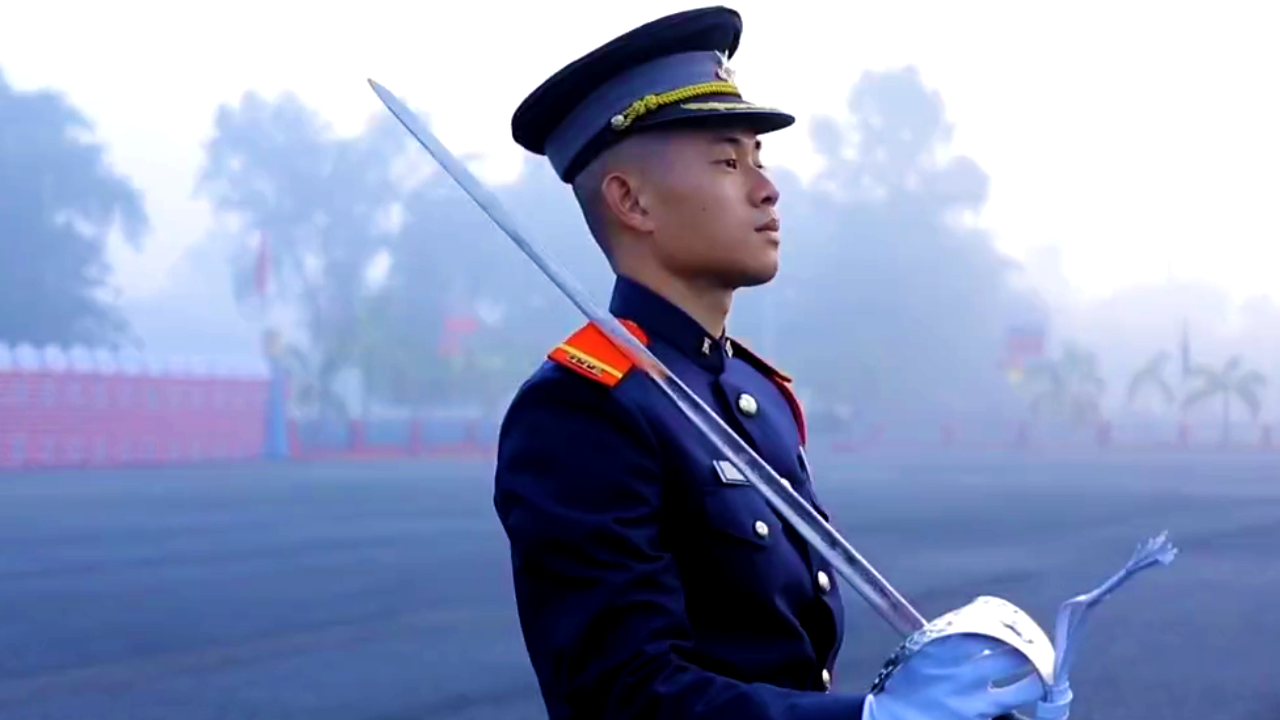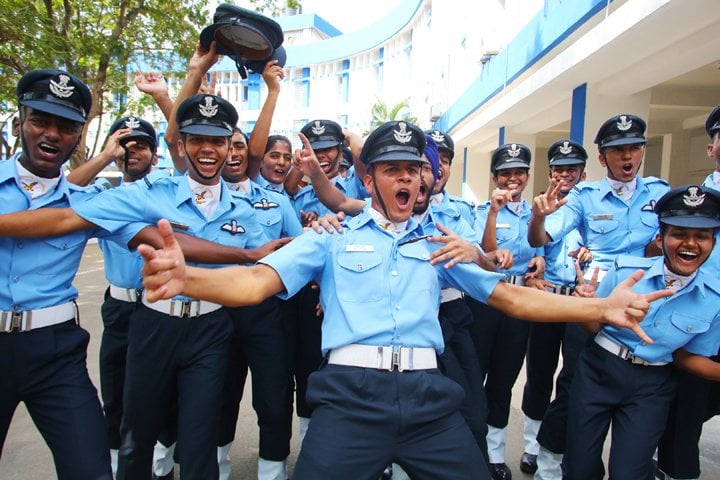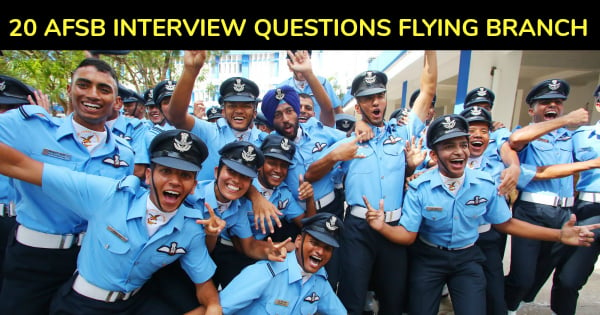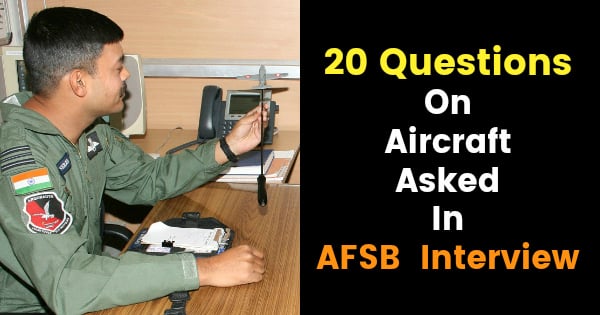The long-awaited delivery of six Apache AH-64E attack helicopters for the Indian Army’s Aviation Corps has once again missed its scheduled deadline, adding further delays to the induction of these critical combat assets.
As part of a USD 600 million deal signed in 2020 with the United States, the Indian Army was originally set to receive the first batch of three Apache helicopters by June 2024, followed by the remaining three later in the year. However, due to supply chain disruptions, the delivery timeline was pushed to December 2024. Now, with the deadline once again unmet, the Army’s first Apache Squadron, raised in March 2024 at Nagtalao in Jodhpur, remains in limbo.
Uncertainty Over Delivery Timeline
Despite months of anticipation, sources in the Defence Ministry indicate that the delay is due to technical issues on the US side, and there is no clear timeline for the first batch of helicopters to arrive in India. The Army’s pilots and ground crews, who have been fully trained and ready to operate the Apaches, continue to wait without clarity on when their fleet will become operational.
This delay has strategic implications, as the Apache helicopters were intended to bolster the Army’s operations on the Western front, providing cutting-edge firepower, advanced targeting systems, and battlefield agility.
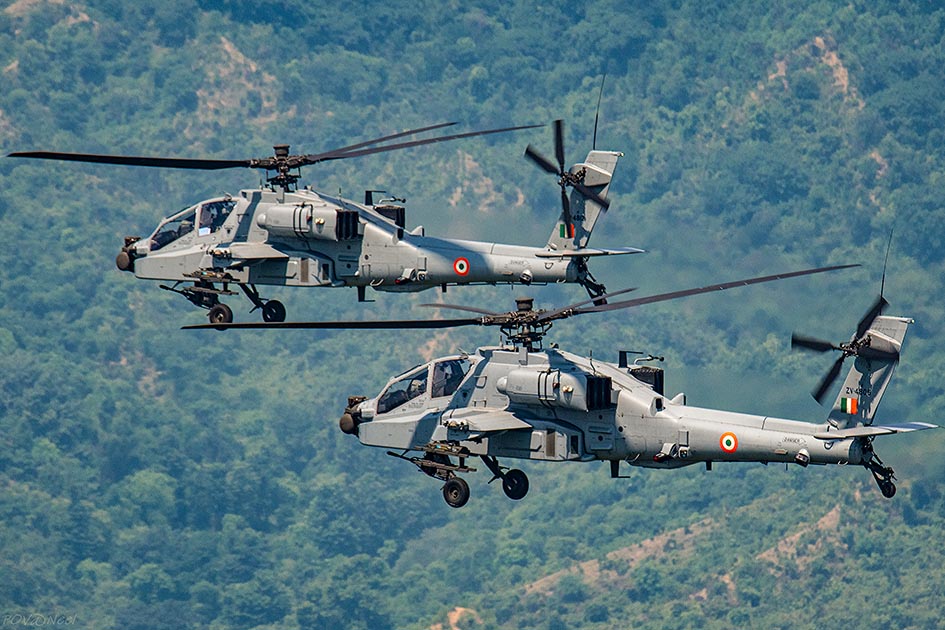
Apache’s Role in the Army’s Aviation Corps
The Apache AH-64E is a state-of-the-art attack helicopter known for its advanced avionics, precision weapon systems, and all-weather combat capability. The Indian Air Force (IAF) has already inducted 22 Apache helicopters under a separate agreement signed in 2015, while the Indian Army is still awaiting the arrival of its own fleet to enhance ground support and offensive capabilities.
Current Capabilities of the Army’s Aviation Corps
While awaiting the Apaches, the Indian Army’s Aviation Corps continues to operate a diverse fleet of helicopters, fixed-wing aircraft, and UAVs for reconnaissance, battlefield support, and logistics. Key assets include:
Attack and Utility Helicopters:
- Advanced Light Helicopter (ALH) Dhruv – Multi-role indigenous helicopter for transport, reconnaissance, and search & rescue (fleet currently grounded after an ICG ALH crash).
- Rudra – An armed version of Dhruv for close air support and anti-tank missions (undergoing security checks by HAL).
- Cheetah & Chetak – Light utility helicopters for reconnaissance, casualty evacuation, and logistics.
- Light Combat Helicopter (LCH) – Designed for high-altitude operations, providing offensive support to ground troops.
Transport and Surveillance Aircraft:
- Mi-17 – Medium-lift transport helicopters for troop movement and logistics.
- Dornier 228 – Light transport aircraft for reconnaissance, logistics, and communication.
Unmanned Aerial Vehicles (UAVs):
- Heron – Medium-altitude, long-endurance UAV for surveillance and reconnaissance.
- Searcher – Tactical UAV for short-range intelligence gathering.
Strategic Importance of Apache Induction
The Apache attack helicopters are a game-changer for the Indian Army’s combat capabilities, particularly for high-intensity operations along the Western border. Their delay in induction poses a challenge in keeping up with the modernization plans of the Army’s Aviation Corps.
As the Indian Army awaits further updates on delivery, this setback highlights the critical need for indigenous defence manufacturing to reduce dependency on foreign suppliers and avoid disruptions in combat capability enhancements.

